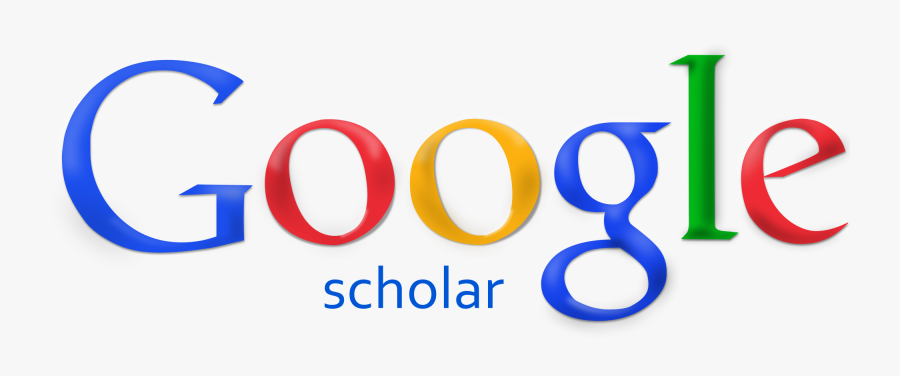WEB-BASED DIGITAL STORYTELLING (DST) FOR ELEMENTARY SCHOOL STUDENTS
DOI:
https://doi.org/10.34128/jht.v9i1.105Keywords:
digital media, fairy tales , digital storytelling , mobile webAbstract
Storytelling is generally done by adults, for example teachers to students, older siblings to younger siblings, or parents to their children, either using books, pictures or other props. Lately there has been a rise in media or props designed using digital media. This media helps elementary school (SD) students who are starting to be fluent and interested in reading words or sentences in English, including students aged 10 years and over, especially in terms of fairy tales or storytelling. Digital storytelling, especially in the form of short personally-narrated stories first pioneered by the Center for Digital Storytelling in Berkeley in 1993, is a practice that has now expanded throughout English-speaking countries and Western Europe, and has a smaller but growing presence in the developing world (Davis & Foley, 2016). Through this digital media, students are facilitated in reading storytelling so that it is easier and makes it easier for teachers to assess students' reading abilities, especially in English, namely the pronunciation. Furthermore, this storytelling can be used easily by students through a digital application on a smartphone or computer or laptop as a medium of delivery, so that it becomes a Digital Storytelling (DST). Thus, students aged 10 and over can read and search for the stories they want, anytime and anywhere, especially via smartphones.
References
Asrul, N., & Rahmawati. (2022). Pelatihan Membaca Bahasa Inggris Dengan Metode Storytelling Bagi Siswa Kelas 4 SD Muhammadiyah 1 Medan. JAHE (Journal of Human and Education), 43-49.
Davis, A., & Foley, L. (2016). Digital Storytelling. Denver: IGI Global.
Djamarah, S. B., & Zain, A. (2006). Strategi Belajar Mengajar. Jakarta: Rineka Cipta.
Fajriah, T. N. (2011, November -). https://www.academia.edu/5897022/STORY_TELLING_SEBAGAI_MEDIA_PENINGKATAN_KEMAMPUAN_BERBAHASA_INGGRIS_ANAK. Retrieved from academia.edu: https://www.academia.edu/5897022/STORY_TELLING_SEBAGAI_MEDIA_PENINGKATAN_KEMAMPUAN_BERBAHASA_INGGRIS_ANAK
Jakes, D. S., & Brennan, J. (2005). http://www.jakesonline.org/dst_techforum.pdf. Retrieved from jakesonline.org: http://www.jakesonline.org/dst_techforum.pdf
Lauryn, M. S., Ibrohim, M., & Amirullah, M. R. (2019). Pengembangan Metode Storytelling Berbasis Game Edukasi Dalam Pembelajaran Sejarah Sahabat Nabi. Jurnal ProTekInfo, 21-35.
McMillan, J. H., & Schumacher, S. (2013). Reasearch in Education. Edinburgh: Pearson Education.
Robin, B. R. (2008). Digital Storytelling: A Powerful Technology Tool for the 21st Century Classroom. In B. R. Robin, Routledge (pp. 220-228). Ohio: The College of Education and Human Ecology.
Robin, B. R. (2011, January). https://www.researchgate.net/publication/228342171_The_educational_uses_of_digital_storytelling. Retrieved from reasearchgate.net: https://www.researchgate.net/publication/228342171_The_educational_uses_of_digital_storytelling
Tarigan, S. N. (2016). The Effective of Digital Storytelling to improve Sunday School Children Vocabulary Mastery. Jurnal Basis UPB, 55-65.
Tucker, G. (2006). https://www.semanticscholar.org/paper/First-Person-Singular%3A-The-Power-of-Digital-Tucker/758f60398b8238301fa678bfad3977270eb161bf. Retrieved from semanticscholar.org: https://www.semanticscholar.org/paper/First-Person-Singular%3A-The-Power-of-Digital-Tucker/758f60398b8238301fa678bfad3977270eb161bf







